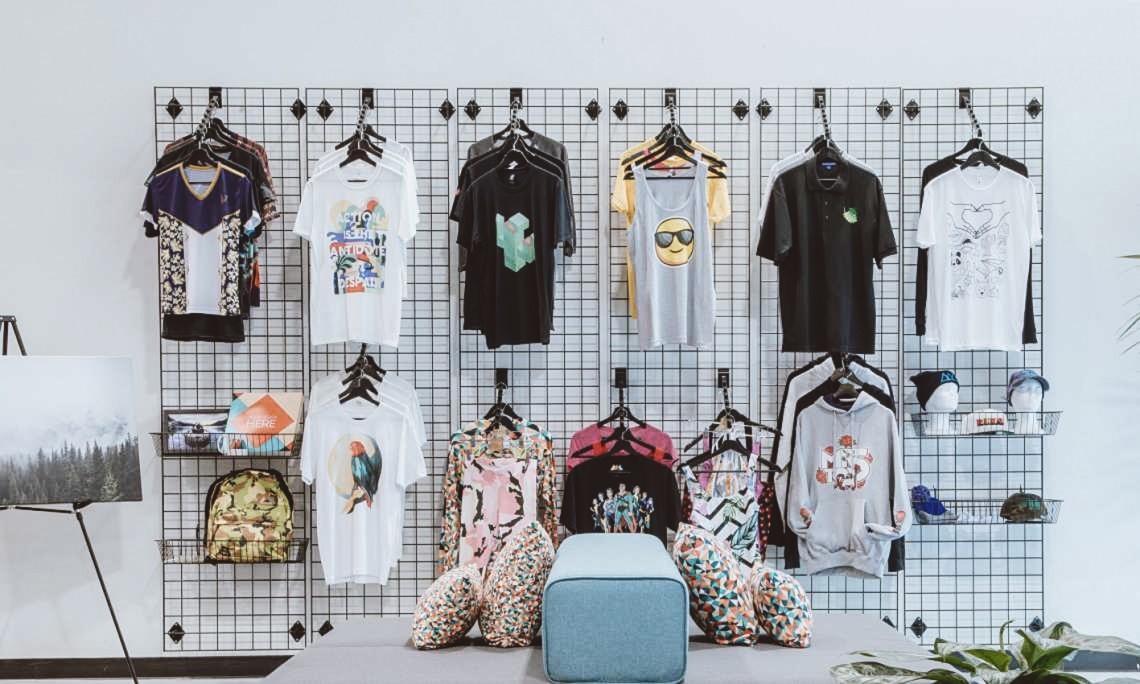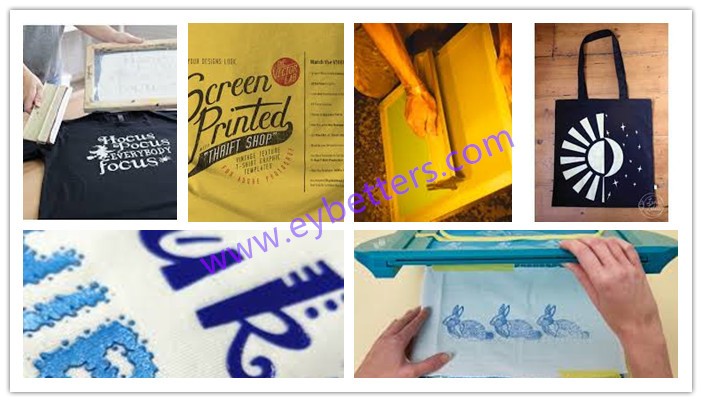5 Easy Facts About Tx Tees Described
5 Easy Facts About Tx Tees Described
Blog Article
The 8-Minute Rule for Tx Tees
Table of ContentsOur Tx Tees DiariesHow Tx Tees can Save You Time, Stress, and Money.Some Ideas on Tx Tees You Need To KnowThings about Tx TeesEverything about Tx TeesThe Definitive Guide for Tx TeesTx Tees Fundamentals Explained
That brings your total to about $1,900 prior to tax and shipping. Accumulate various other expenses, like the number of energies it requires to run the store and the expense of ink and emulsion per layout. custom t-shirt design. Take the print below. This is a one-color photo, so the cost of ink per t-shirt is approximately 20 cents.The emulsion ought to only be a couple of cents considering that you 'd just need to coat one screen for this work. Generally, printers try to make up to 45% profit on a print work.

With DTF, you can print a handful of t shirts, or just one. Both display printing and DTF have their niches in the globe.
The smart Trick of Tx Tees That Nobody is Talking About
The very best way to understand? Ask about and see what print shops like your own are doing. custom t-shirt design. Attempt both out and see which you like far better
When you're choosing what kind of printing technique to make use of for publishing your art work designs on your garments, it is necessary that you understand the distinctions in between these 2 strategies so you can optimize outcomes while lessening costs. Screen printing is the most commonly used technique for publishing styles on textiles.
DTG printing is likewise understood as area or direct to garment printing since it prints just what is needed instead of making a screen as display printers do. https://www.pageorama.com/?p=txtees02. Screen printing functions by screen filler squeegee display printing ink screen mesh display, then moving the image to garment making use of warm and/or stress
The DTG printer uses special dye-sublimation inks that are used right into a pre-designed picture by an electronic printing system. The inks end up being component of the material, allowing for vivid colors and exceptional information. It's additionally called place or direct to garment printing due to the fact that it prints just what is required rather than making a screen as display printers do.
An Unbiased View of Tx Tees
It's much faster - you can print a fullcolor picture in minutes, as opposed to hours for display printing. Second, there's no established up time or expenses included - you can publish any kind of design you such as, without having to create a screen. Third, there's no waste - since display printers display print one style at once, they need to screen each color separately.
The paper is very pricey and can only be made use of as soon as. Once it's published on, it needs to be discarded. - The initial purchase price is less than the ahead of time financial investment of DTG printers- You can publish multi-color layouts one display each time as opposed to having to publish each shade individually like DTG printing.

Little Known Questions About Tx Tees.
Nonetheless, instead of making use of screen mesh as screen printers do, color sublimation printers make use of laser innovation to move your images onto garments or paper. A warm procedure moves the dye from its solid-state directly into the gas phase which subsequently integrates it onto fabric substrates when they are quickly warmed to high temperatures under high pressure.
Sublimation printing is green. It makes use of less water than screenprinting, and since it does not entail the usage of hazardous solvents, it's risk-free for all types of garments. The color sublimation inks are also odorless when cured, unlike screen printers that utilize dangerous chemicals during the screen printing process that leave behind an unpleasant odor.
They likewise save cash on expensive devices like direct exposure systems because color sublimation printers do not call for a UV exposure device or a flash treatment stove that is commonly made use of in screen printing (custom cap printing). What is direct to garment printing (DTG Printing)? DTG printing is a digital screenprinting process that publishes directly onto textile making use of specialized inkjet printers
Some Of Tx Tees
DTG printing supplies lots of benefits over typical screenprinting, consisting of the capacity to publish photographic quality photos, higher shade vibrancy, and my explanation the capability to print layouts on darker fabrics. DTG printers function by heating up the textile ink till it develops into a gas. The gas then penetrates the material, bonding with the fibers to create a long-term print.

Screen printers simply prepare their screen then start printing until they lack item or ink.- There is a wide variety of seasoned display printers around the world, which can be handy for beginners. - It's a slower process - display printers usually need to wait on the ink to completely dry before they can print the following shade- Screen printers call for manual work, so there's a greater understanding contour and it takes longer to produce a premium design- Screen printing isn't as exact as DTG printing, so you may get some "blood loss" of colors from one component of the photo onto one more if not done effectively.
Facts About Tx Tees Uncovered
However, instead of making use of screen mesh as screen printers do, color sublimation printers use laser innovation to move your pictures onto garments or paper. A warm procedure transfers the color from its solid-state directly right into the gas phase which consequently fuses it onto material substratums when they are rapidly heated up to high temperatures under high stress.
Sublimation printing is eco-friendly. It utilizes less water than screenprinting, and since it does not involve making use of harmful solvents, it's secure for all sorts of clothing. The color sublimation inks are additionally odor free when treated, unlike screen printers that use dangerous chemicals throughout the screen printing process that leave behind an undesirable smell.
They also save money on expensive devices like direct exposure devices since dye sublimation printers don't call for a UV direct exposure device or a flash cure oven that is usually utilized in screen printing. What is direct to garment printing (DTG Printing)? DTG printing is a digital screenprinting process that publishes straight onto material making use of specialized inkjet printers.
What Does Tx Tees Mean?
DTG printing uses lots of advantages over traditional screenprinting, consisting of the capacity to print photographic high quality pictures, greater shade vibrancy, and the capacity to publish designs on darker fabrics. DTG printers work by warming the fabric ink up until it turns right into a gas. The gas after that permeates the fabric, bonding with the fibers to develop a long-term print.
Report this page